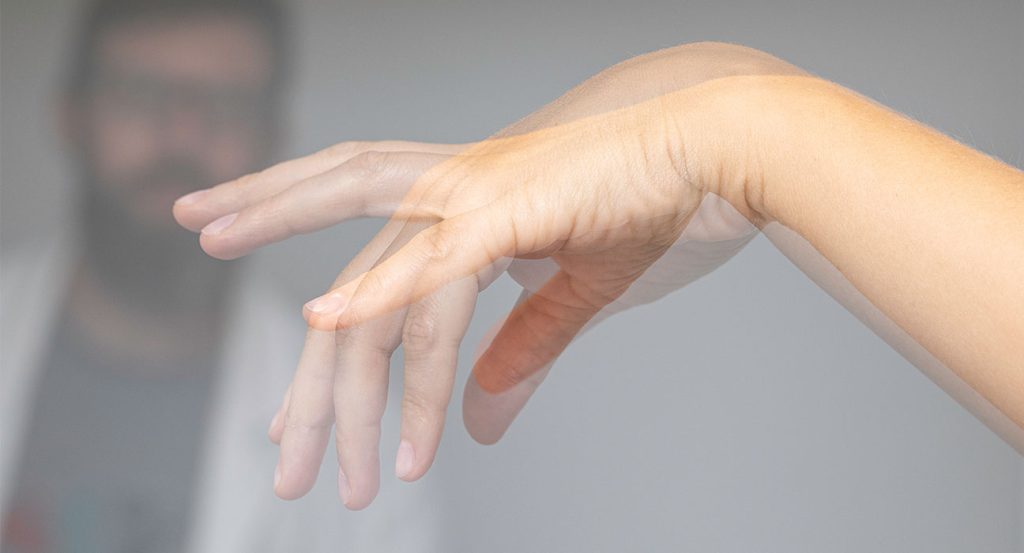Deep brain stimulation or DBS is a surgical procedure that is used to treat movement disorders such as dystonia, especially when the regimen of existing drugs and the numerous rehab strategies become less effective in controlling the symptoms.
Efficacy
DBS appears to be the most effective procedure in those with primary or hereditary dystonic conditions, such as cervical dystonia (torticollis) as well as dystonia musculorum deformans (or DYT1 dystonia). DBS can also help when it comes to tardive dyskinesia, which is a movement disorder that is caused by certain, specific medications.
The level of health benefits from DBS is not as significant when it comes to secondary dystonia, which is associated with cerebral palsy or the forms of damage to the brain, including neurodegeneration with brain iron deposition (NBIA)
DBS for dystonia treatment involves the administration of a controlled electric current into a specific malfunctioning region of the brain: globus pallidus.
On the downside, the stimulator fails to cure or halt the symptoms associated with the disease. Moreover, residual symptoms can increase with the progression of the disease. That said, DBS does continue to offer the same percentage of symptom overture/reduction.
When Must You Consider DBS Surgery?

- Genetic Dystonia
- For individuals with genetic dystonia (such as DYT1 dystonia), the referral must be considered as immediately as this movement disorder causes problems and symptoms.
- Children with persistent dystonia will eventually develop deformities in their skeletal system because of the effect of the condition on the growth and development of their bones. DBS can help in preventing this but will fail to reverse abnormalities in the skeletal system. Hence, it is vital that these children must undergo DBS surgery before the onset of the symptoms.
- Adult-Onset Torticollis
Patients with this condition must opt for DBS surgery if they fail to respond to or cannot tolerate medications or injections of botulinum toxin.
- Tardive Dyskinesia
Patients with this condition must consider surgery if they fail to respond to medications.
- Secondary Dystonia
Dystonia developing after injury, stroke or metabolic disorders can also benefit from DBS.
Candidates For DBS Surgery
Those with several types of dystonia, including the following, are potential candidates when it comes to DBS surgery.
- Genetic Dystonia: This group of dystonia conditions can be extremely disabling and can even lead to permanent deformity of the bone. DBS must be considered before the occurrence of permanent damage. Patients with this specific type of disorder usually demonstrate excellent responses to DBS therapy.
- Primary/Idiopathic Dystonia: When it comes to this group of conditions, the cause is yet to be ascertained. MRI scans of individuals with these types of dystonia have an appearance of normality, without the appearance of any hereditary factors. Such patients usually respond well to surgery, in a similar way to those with dystonia caused by genetic factors.
- Torticollis (or Cervical Dystonia): This form of dystonia can be successfully treated with DBS surgery if the symptoms become disruptive and painful despite the best medical interventions, including injections of botulinum toxin.
- Tardive Dyskinesia: This condition, which is caused by certain medications, results in abnormal movement of the eyes and mouth. DBS surgery can be efficacious in reducing the occurrence of these symptoms.
- Cerebral Palsy: When it comes to this condition, there is usually a poor response to DBS with only marginal improvements (10-20%) in abnormal movements. Generally, the condition of cerebral palsy need not warrant the risks associated with the procedure.
Patients Unsuitable For DBS
For those who meet one of the following criteria, DBS surgery is not considered to be a good option:
- Those who are too unhealthy or weak to undergo surgery
About The Surgery
Surgery for dystonia requires a significant amount of experience and expertise. Even after accurate implantation of electrons in the brain, it is sometimes very difficult to get the desired results as the outcome is dependent on the post-operative programming of the electrodes. Unlike Parkinson’s disease, the programming of the pacemaker for dystonia is very complex and not uniform. Some people respond to low pulse width whereas other patients respond to higher pulse width; some patients benefit from low frequency whereas other benefits from a higher frequency. Unless the clinician is an expert in post-operative programming of this stimulator, a patient shouldn’t select the center with less experience.
Even in the hands of the experience Centre, it is important for better to be patient for the person undergoing Dbs surgery, as dystonia programming requires months of titration before one country, a desirable level of benefit.
Dr. Elena Morro and her colleagues found that surgery done earlier in the disease improves the chances of a successful outcome. Younger age and primary dystonia were other factors that were found to be correlating with improved outcomes.
To Sum It Up
Dystonia is a certain network disorder that involves numerous regions of the brain. DBS surgery for dystonia aims to improve the functioning of these brain regions. DBS is an elective surgical procedure that you may consider a viable treatment option for your dystonia symptoms. If you are a potential candidate to undergo the procedure, you must be sure about the risks and benefits of this form of surgery, following which you can take things forward with your medical team and family members.
References:


Leave feedback about this